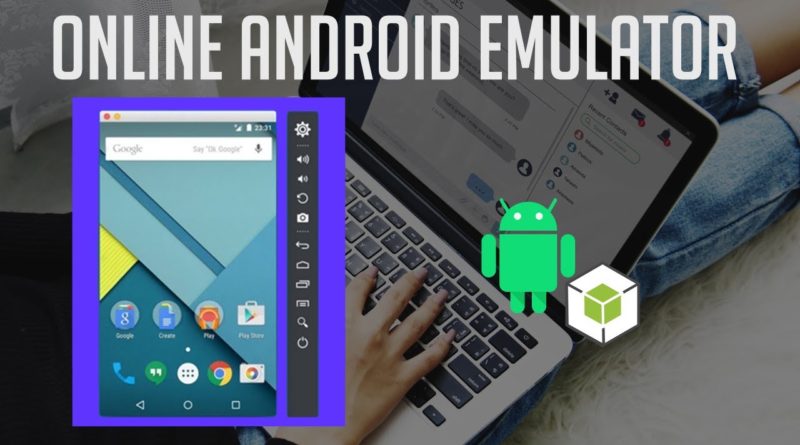Here are the best Android emulators for PC and Mac. It’s also worth noting that Windows will allow native Android app use starting in Windows 11. It’s the Amazon App Store, though, so we think.
- So many people asking about running the android app on mac m1 system and about its performance on mac m1. So In this post I am sharing all steps to run the react-native android app on mac m1. Android Emulator for M1 is not available on stable releases yet and I am also waiting for Android Studio to fully support M1 macs so that I can use it for.
- Can anyone help me run an Android emulator in Android Studio on Mac? I tried to run it but it gives me the following messages: No USB devices or running emulators detected and minSdk(API 23, N preview)!= deviceSdk(API 22) as portrayed in the given image below.
- Aug 26, 2021 Run Android Apps on Mac #1 BlueStacks — Best for Running Apps. BlueStacks (also called BlueStacks App Player) is the oldest and the most popular way of running Android apps for Mac. You will be able to run almost any Android app using this simple emulator. It’s the best choice if you want to run WhatsApp on your Mac or access your Instagram.
In this tutorial, you'll learn how to create and run your first .NET Multi-platform App UI (.NET MAUI) app.
Important
Run Emulator Android Studio Mac
The documentation for .NET Multi-app Platform UI (.NET MAUI) is under construction.
Visual Studio for Mac support will arrive in a future release.
Prerequisites
- The latest preview of Visual Studio 2022, with the required workloads. For more information, see Installation.
- A configured Android emulator. For more information about creating an Android emulator, see Android emulator setup.
Get started with Visual Studio 2022 (Preview)
In this tutorial, you'll create your first .NET MAUI app in Visual Studio 2022, and run it on an Android emulator:
Launch Visual Studio 2022, and in the start window click Create a new project to create a new project:
In the Create a new project window, select MAUI in the Project type drop-down, select the .NET MAUI App template, and click the Next button:
In the Configure your new project window, name your project, choose a suitable location for it, and click the Create button:
Wait for the project to be created, and its dependencies to be restored:
In the Visual Studio toolbar, select the drop-down next to the Start button (the triangular button that resembles a Play button), select Android Emulator, and then select the emulator you'd like to deploy the app to:
In the Visual Studio toolbar, press the Start button to launch the app in your chosen Android emulator.
In the running app in the Android emulator, press the CLICK ME button several times and observe that the count of the number of button clicks is incremented.
Build and debug iOS apps
If, while connecting Visual Studio to your Mac through Xamarin Mac Agent (XMA), you are prompted to install a different version of the SDK, you can ignore the prompt since it refers to a legacy version of XMA.
Note
Visual Studio 2022 can only currently deploy .NET MAUI iOS apps to the iOS simulator, and not to physical devices.
Prerequisites
- An environment that has been configured for .NET MAUI development. For more information, see Install latest .NET 6.
- A configured Android emulator. For more information about creating an Android emulator, see Android emulator setup.
Get started with .NET command-line interface
Run Android Emulator On Mac
In this tutorial, you'll create and run your first .NET MAUI app using the .NET command-line interface (CLI):

In the .NET CLI, create a new .NET MAUI app:
In the .NET CLI, change directory to the newly created project:
In the .NET CLI, change directory to the single project and restore its dependencies:
In the .NET CLI, build and launch the app on your chosen platform:
Note
These commands will launch the app on the default platform device, if one can be found. On Android, it's recommended to start an emulator before building and launching your app.
Select an iOS simulator
It's possible to specify which simulator is launched and used for net6.0-ios by specifying the _DeviceName MSBuild property:
You can retrieve a list of possible unique device id (UDID) values by executing the simctl list command:

The default iOS simulator will be launched if you don't specify a UDID.